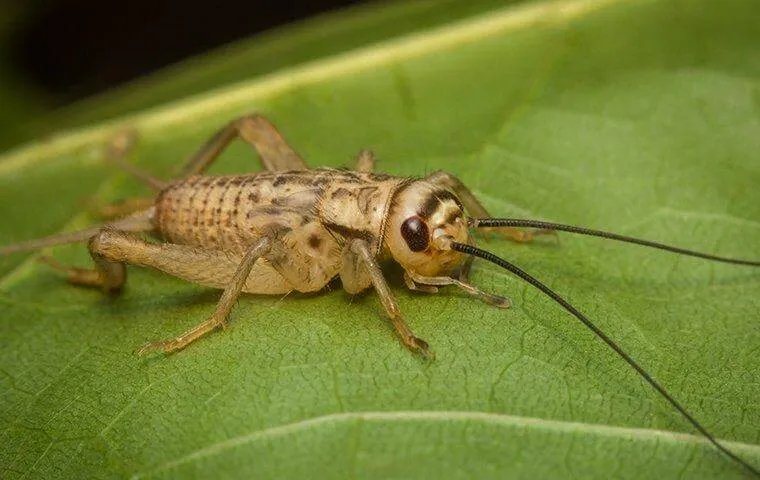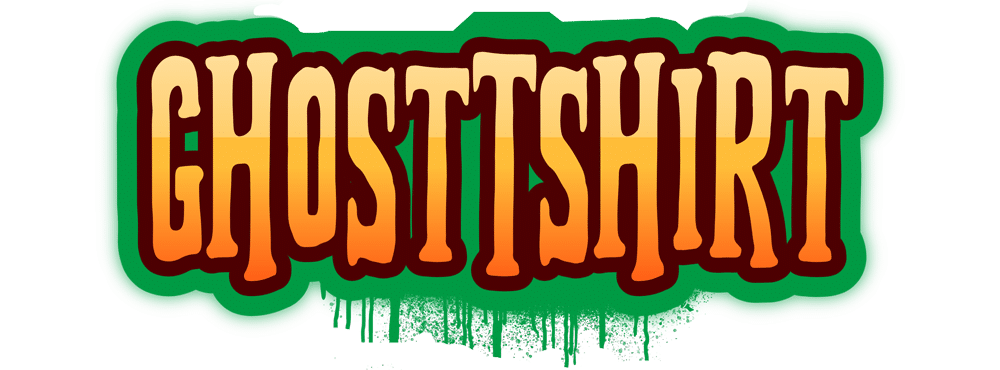No products in the cart.
Blog
What Do Crickets Eat?
Crickets are omnivores, meaning they can eat a wide variety of foods. Their diet largely depends on their environment, availability of food sources, and the species of cricket, but in general, crickets consume plant matter, small insects, and organic materials. Here’s a detailed look at what crickets eat.

1. Plant Matter
Crickets have a strong preference for plant-based foods, which makes up the majority of their diet in the wild. They eat:
- Leaves: Crickets commonly nibble on soft, decaying leaves, especially those from garden plants and wild vegetation.
- Fruits and Vegetables: In nature, crickets will feed on fruits and vegetables, especially overripe or decaying ones. They are drawn to the natural sugars and moisture found in fruits.
- Seeds and Grains: Crickets will eat seeds, grains, and even wheat-based products. Some species thrive in environments like fields or gardens where grains are accessible.
2. Insects and Protein Sources
Crickets are opportunistic eaters and will sometimes consume other small insects or protein sources:
- Dead Insects: Crickets are scavengers and will eat decaying or dead insects they come across.
- Smaller Crickets: In some cases, especially when food is scarce, crickets may become cannibalistic and feed on smaller or weaker crickets.
- Eggs and Larvae: Some crickets will eat insect eggs or larvae that they encounter in their habitat.
3. Organic Debris
Crickets also feed on various types of organic materials:
- Decaying Plants: Crickets help break down decomposing plant matter, which makes them important for the ecosystem. They feed on rotting leaves, stems, and wood.
- Fungi: Some species of crickets eat fungi, especially in damp environments where fungal growth is common.
- Human Food Waste: Crickets, especially those that live near human dwellings, are known to feed on food scraps, crumbs, and garbage.
4. Commercial Cricket Diet
For crickets kept as pets or feeders for reptiles, a specialized commercial diet is often provided. These products are designed to provide a balanced diet with necessary nutrients. Common cricket food options include:
- Grain-Based Feeds: Commercial cricket food often includes grains like wheat, corn, and soy.
- Vegetable-Based Feeds: Some brands offer cricket diets made from dried vegetables, such as carrots and spinach.
- High-Protein Diets: For crickets being used to feed reptiles, they may be given high-protein diets to “gut-load” them and make them more nutritious for the animals that eat them.
5. Water and Moisture
Crickets need a steady source of moisture to survive. While they don’t drink large amounts of water, they get much of their hydration from their food, particularly from fresh fruits and vegetables. In captivity, crickets are often provided with water-soaked sponges or moisture gels to prevent drowning.
Conclusion
Crickets are adaptable omnivores with a diet that can include plant matter, insects, organic debris, and even human food waste. In the wild, they play a role in breaking down decaying materials, while in captivity, their diet is often supplemented with commercial food designed to meet their nutritional needs. Whether in nature or as pets, crickets require a variety of foods to thrive.
